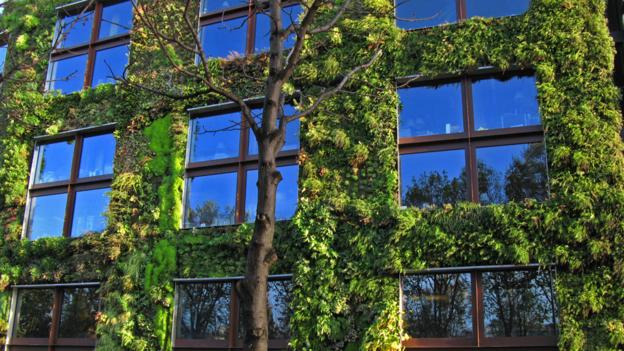
Urban areas could be the best hope for the survival of many species, but to do so we need to incorporate the natural world in new and innovative ways.
There is an optimistic view of the unprecedented migration we are witnessing from rural to urban areas, and it’s that cities could offer the biggest hope for the survival of other species and ecosystems in the Anthropocene.
Cities are entirely shaped and created by humans to protect and separate them from the natural world, allowing selected bits in and banishing others.
If humans – and their landscapes of concrete and glass, and their industrial sprawl – are kept within the confines of a megacity, the rest of the planet should be free to rewild, to revert to a more natural state.
There’s one major problem with this. Cities do not exist as islands in isolation. They consume food from vast tracts of farmland, timber from the forests, minerals scraped from the Earth, water that drains rivers, fish from the oceans, and energy which requires the plunder of yet more land. Depending on how resource hungry its citizens are, a city can use areas of land many factors larger than its own footprint.
Robert Krulwich at NPR makes a great comparison of how cities use land area. A megacity that housed the entire population of the world at a similar concentration to a dense city like Paris would occupy around 350,000 square kilometres, or three US states. But if these citizens lived side-by-side in ranch houses, they would require a further four planets-worth of land to satisfy their resource demands.
Continue to read: http://www.bbc.com/future/story/20130530-bringing-nature-back-into-cities








Comments